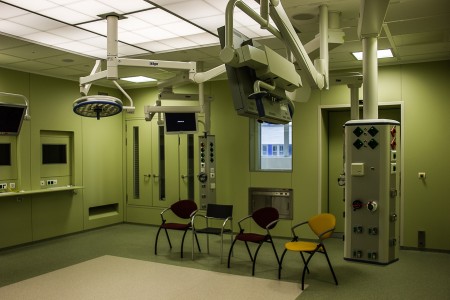Healthcare and the 3 Standard Corrective Actions
- Training. Retrain everyone, not just those involved.
- Policies/Procedures. Write new policies or procedures or make the current ones longer.
- Discipline. Send a message to everyone else that a behavior is unacceptable whether or not there is fault.
When these are the standard actions, many times we have recurrence of events. I am not saying these actions can’t work, but many times if they are default answers it is much like putting a round peg in a square hole.
In this article a hospital in Hong Kong presents an overview of their findings and recommended actions to a Sentinel Event at the hospital. Review the Corrective Actions and ask these two questions:
1. Do they meet the needs of the system based on the findings?
2. Do you see a correlation with our three standard corrective actions above?
Maybe there is a pattern… let us know your thoughts.




